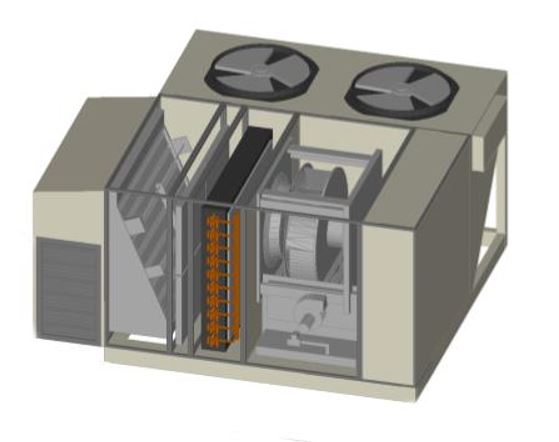Project Info
COMPLETE
 Project Title
Project Title
 Project Title
Project Title
Field Testing of Climate Appropriate Air Conditioning Systems
Project Number ET12SCE1091 Organization SCE End-use HVAC Sector Commercial Project Year(s) 2013 - 2017Description
This project is a field study evaluating the potential and current DR capabilities of climate-appropriate air-conditioning (AC) systems. Targeted DR and EE programs can help reduce high peak demand caused by increased AC use and address uncertainties with respect to generation and consumption caused by extreme weather conditions. This field study will analyze how automated and optimized DR technology can build and implement accurate relationships between DR lead time, customer incentives, DR duration, external environmental conditions, and building occupancy by understanding a building’s heating, ventilation, and air conditioning (HVAC) capacity and thermal characteristics.
Project Report Document
Loading PDF Preview...
